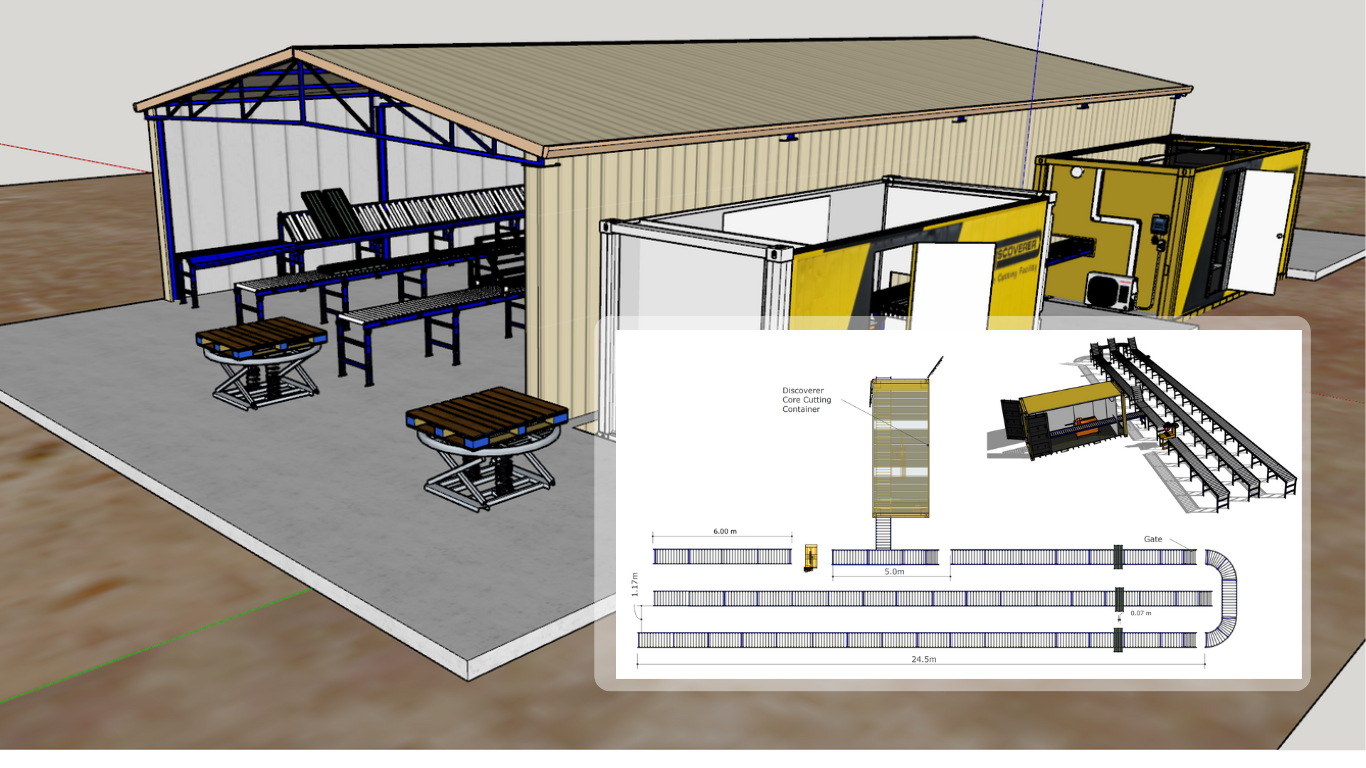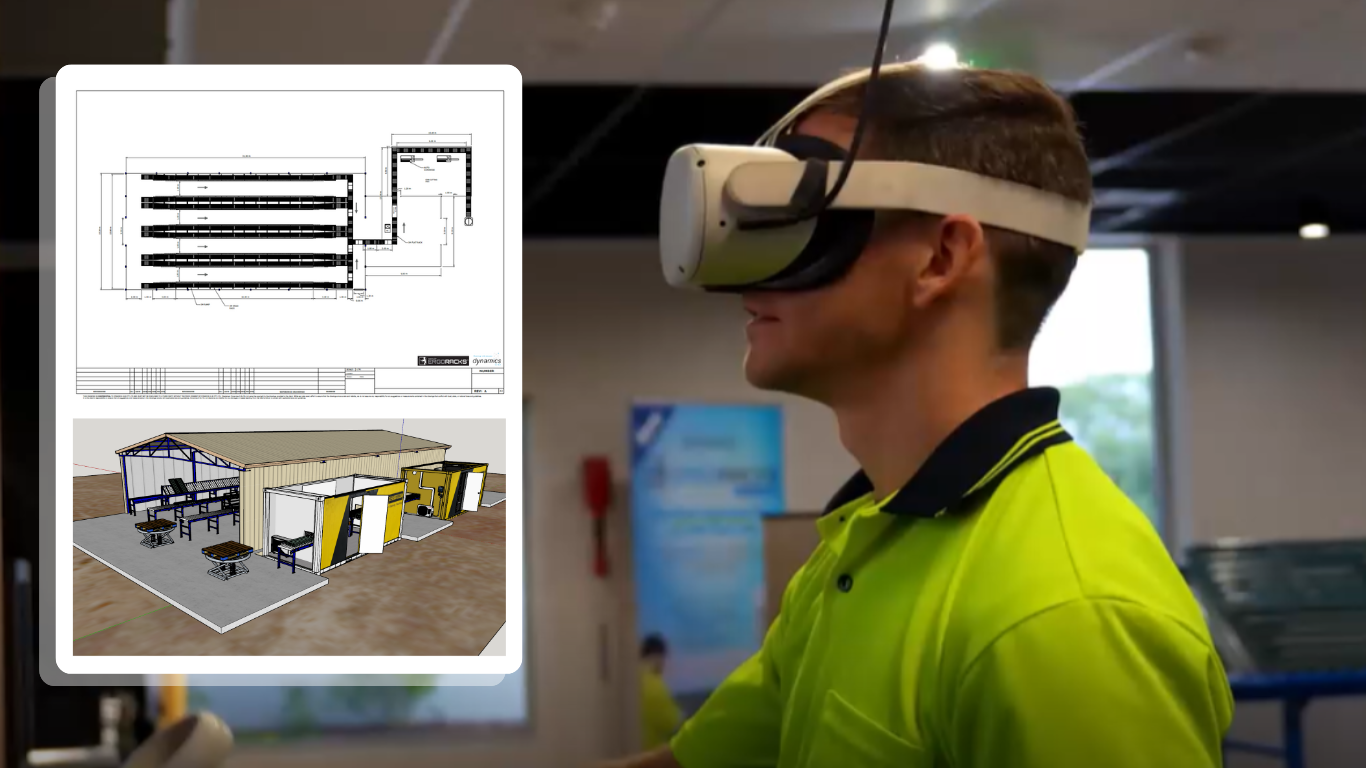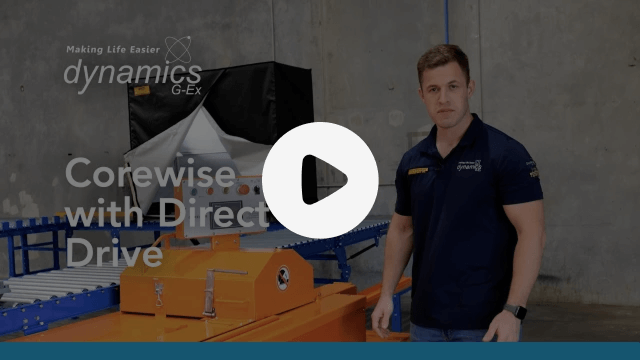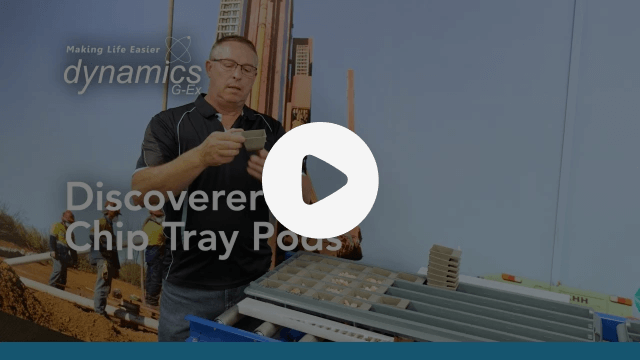
Spencer Dormer
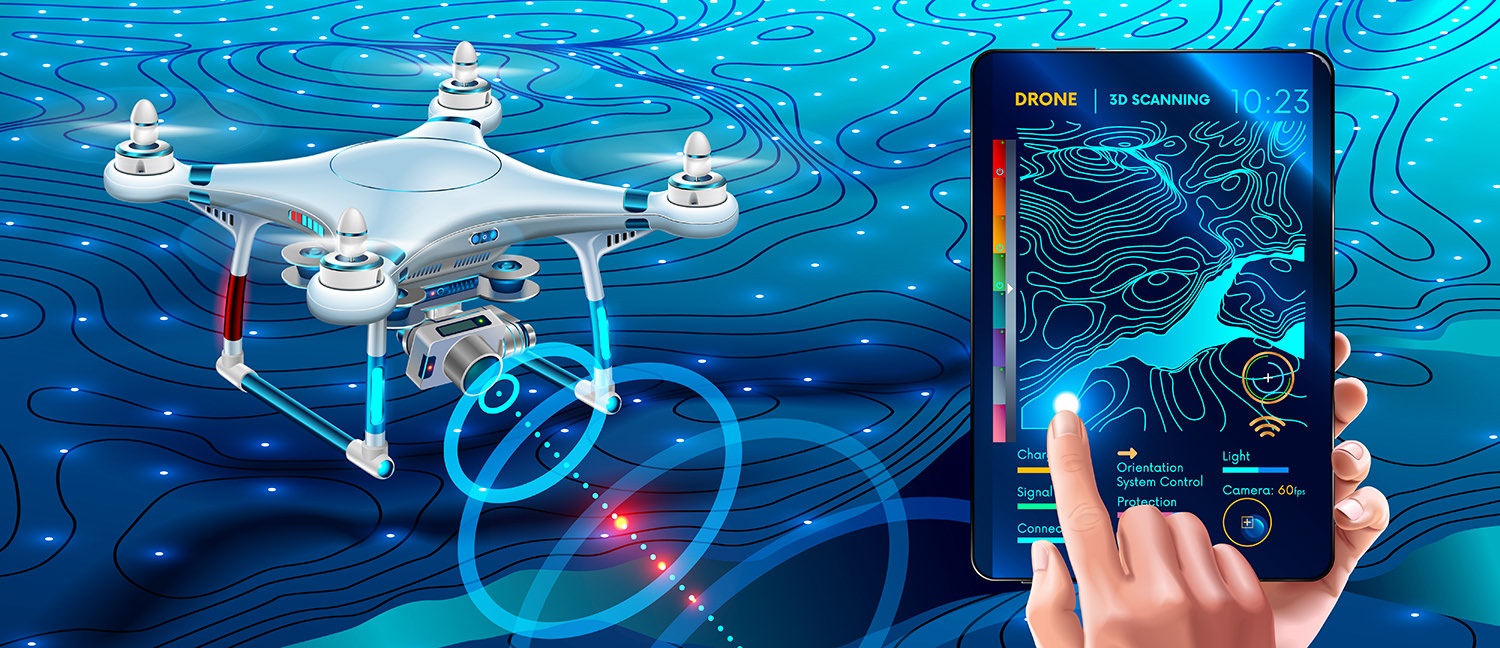
Sounding like a bunch of angry bees, drones seem to be everywhere now. Whether it's your local real estate agent using them for property photographs, to surveillance, children’s toys, and even to delivering food. Their accessibility and lowering price has brought them prominently into the public eye (and the public skies).
The amazing aspect of new technology is how adaptable it can be in other areas, and the use of drones in the mining industry is one such example.
What's the buzz over drones and mining?
The basic use of drones on mining sites is fairly straightforward. After all, they are highly mobile and feature a camera.
Applications for drones in the mining industry include:
-
Site Surveying
-
Stockpile Inventory Management
-
Road Conditions Monitoring
-
Blast Planning
They can also inspect mining plants, enable accurate management of tailings dams, and view taller objects such as building roofs, towers and equipment, including conveyors.
As always with any new technology, the result is humans stay a little safer because the machines allow us to avoid having to work on the dull, dangerous or dirty jobs.
But it's not just about keeping miners and geologists safer – drones are also more efficient. There's no need to charter a plane or a chopper, or send in a person to a potentially dangerous position when a drone can swoop in and out (or up, as the case may be), collect the information and leave in a matter of a few minutes.
The Future Uses of Drones In the Mining Industry
As drones start to become a common sight within the mining industry, creative and innovative mining engineers and geologies are finding novel ways to use UAV (unmanned aerial vehicle) technology to improve their work.
For example, drones can be fitted with more advanced camera equipment that can provide sharp and accurate mapping footage of an entire site from the air, making surveying much cheaper and more efficient than using planes and helicopters.
On-demand core samples?
Some drones are being designed to be able to transport payloads, which means they can be used to carry equipment, tools and samples from areas to other areas quickly. We foresee the time when a drone will be able to deliver samples from a site, leading to less time gathering data in field and more time interpreting it - that’s a game changer!
From a management perspective, drones can also be used to accurately measure stock, assess compliance practices, monitor safety conditions and collect information from the landscape which can lead to improved safety, comfort, planning and productivity conditions.
And it's not just about being curious and using new technology "just because it's there". There is a real business case for the use of drone technology. Just ask BHP, which is reportedly seeing cost savings of around AU$5 million per year across their Queensland sites from drone technology! The possibilities are endless, and it’s exciting to consider what other potential applications drones will offer geologists in the next few years.
Gaze into the Future of Mining and Geology
Drones are just one piece of technology that is expected to have a huge impact on the mining industry. In fact, we can expect the mining industry to undergo major changes as teams find ways to interlace different pieces of technology together in new and powerful ways.
As part of Dynamics G-Ex’s goal to pioneer innovation and advancement in the Mining and Geology field, our team have prepared an eBook titled: The Future Of Geology.
Download it here to read more about technological advancements in mining and how they’re making an impact both today and in years to come.
